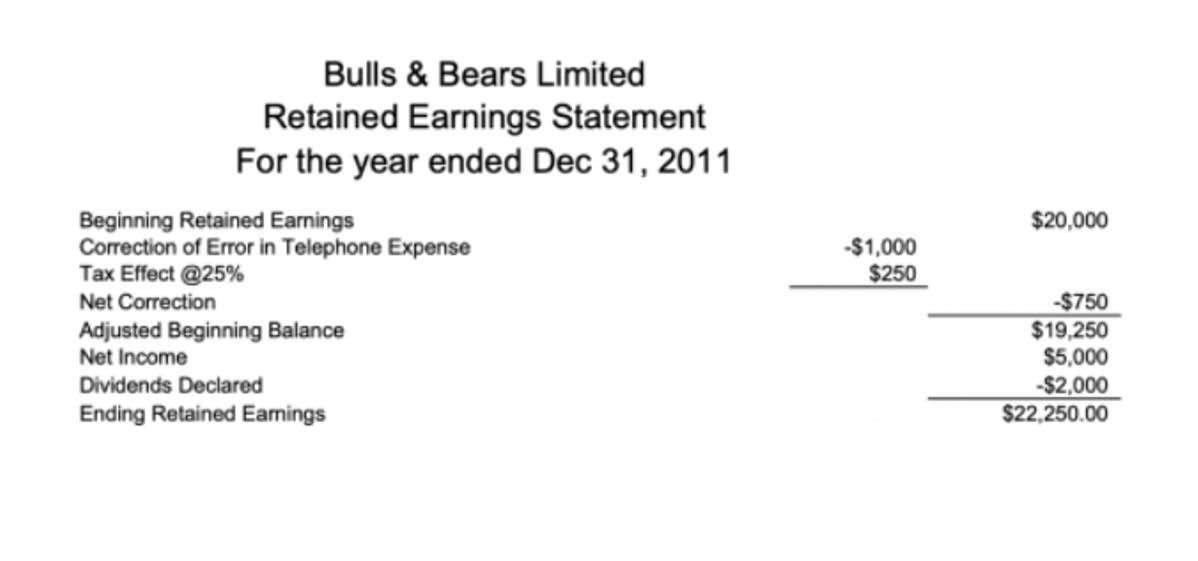
Salary or Commission to a partner will be allowed if the partnership agreement is said. The Final Accounts of a Partnership Firm is prepared in same manner in which Final Accounts of sole proprietors is prepared. Because in case of Partnership two or more partners are involve so the Net Profit of the Firm is distributed by Partners in their agreed Ratio. The account which https://saasipaint.com/2023/10/09/5-ways-to-abbreviate-million-a-guide-to-consistent/ shows the distribution of Profits or loss among the Partners is called “Profit and Loss Appropriation A/c”. There are numerous types of partnership, but generally, in the absence of a partnership agreement, a partnership has the following characteristics.
Example of Partner Drawings
This article explores the key aspects of accounting for partnership investment interests. An agreement can provide a way to handle capital interests if a partner departs. A sudden need to reorganize capital investment disrupts the business if a contract is not in place. For example, holding an annual general meeting like a corporation or other kinds of business structures is unnecessary. The most common type of partner is a general partner, who actively manages and exercises control over the business operations. Shajani Professional Accountants has offices in Calgary, Edmonton and Red Deer, Alberta.
Example of Partnership Accounts
- Handling complex transactions in partnerships requires meticulous attention to detail and a robust understanding of accounting principles.
- By accurately tracking financial contributions, profit sharing, and equity changes, partnership accounting ensures transparency and fairness, promoting long-term success.
- By analyzing the income statement, partners can identify trends in revenue growth, cost management, and overall financial performance.
- We’re here to support you in all of your personal and business tax and other accounting needs.
- There are, however, differences in the laws governing them in each jurisdiction.
At Shajani CPA, we understand the unique challenges that partnerships face and are dedicated to helping partnerships thrive. Our team of experienced accountants and advisors specializes in financial statement preparation, tax planning, and advisory services tailored to meet the specific needs of your partnership. By partnering with Shajani CPA, you can ensure that your financial records are accurate, your tax liabilities are minimized, and your partnership complies with all relevant regulations.

The Ultimate Guide to Partnership Financial Statements: Simplifying Your Business Finances

In some jurisdictions, this business structure is considered Travel Agency Accounting a separate legal entity that can enter into contracts and take on obligations. In this example, if Partner B withdraws inventory worth $15,000, the inventory is removed from the partnership’s books at its fair value, and Partner B’s drawings account is debited by the same amount. Understanding these fundamental differences can help individuals and businesses choose the appropriate partnership structure that aligns with their risk tolerance, management preferences, and investment goals. The U.S. has no federal statute that defines the various forms of partnership. However, every state except Louisiana has adopted one form or another of the Uniform Partnership Act, creating laws that are similar from state to state. The standard version of the act defines the partnership as a separate legal entity from its partners, which is a departure from the previous legal treatment of partnerships.

- It does not matter whether or not a partner withdrew any amount of money from his capital account.
- A successful partnership can give a new business more opportunities to succeed, but a poorly-thought out one can cause mismanagement and disagreements.
- A general partnership can immediately start when partners decide to conduct business together, even without an oral or written contract.
- These distributions involve a final allocation of the partner’s share of partnership assets and require reconciliation of the partner’s entire basis.
This section provides a clear view of each partner’s stake in the partnership, reflecting their contributions, share of profits, and withdrawals. Partnership accounts play a vital role in ensuring transparency, fairness, and accountability in partnerships. By accurately tracking capital contributions, profit-sharing, drawings, and other transactions, partnership accounting helps maintain healthy business relationships and supports informed decision-making. Properly managed partnership accounts contribute to the financial stability and long-term success of the partnership.
Understanding financial statement reporting partnership accounting for partnerships is essential for anyone involved in or considering forming a partnership. In this blog, we’ll break down the essentials of partnership accounting, making it easy to grasp even if you’re not a financial expert. From the different types of partnerships to the importance of financial statements and the legal and tax implications, we’ve got you covered. Partnership accounts are the financial records maintained by a partnership firm to track its financial activities, profits, and obligations among the partners.

If partnership deed is silent about charging interest on drawings, No interest on Drawings will charge. Partner A also introduces accounts receivable of 12,000, of which the partnership expects to be able to collect 10,000. As a business grows it may be necessary to involve additional people either to obtain access to more capital or to provide expertise.
- The book value of a partner’s interest is shown by the credit balance of the partner’s capital account.
- The owners of a partnership have invested their own funds and time in the business, and share proportionally in any profits earned by it.
- The statement of cash flows provides a detailed account of the cash inflows and outflows from operating, investing, and financing activities.
- These practices not only provide a clear financial picture but also help in building trust among partners and stakeholders.
- This account helps separate long-term capital from short-term transactions.
It should align with accounting standards like GAAP or IFRS to ensure transparency. A partnership is a business structure that involves two or more individuals who agree to a set distribution of ownership, responsibilities, and profits and losses. Unlike the owners of LLCs or corporations, partners are personally held liable for any business debts of the partnership, which means that creditors or other claimants can go after the partners’ personal assets. Because of this, individuals who wish to form a partnership should be selective when choosing partners. Partnership distributions are categorized as either current or liquidating, each with distinct tax and financial implications.
As a result, Drawing account increased by $500, and the Cash account of the partnership is reduced by the same account. The increase in the capital will record in credit side of the capital account. Step 1 – Recognise goodwill assetThe goodwill account is created by a debit entry of $42,000. When a new partner is admitted to the partnership, the new partner effectively buys the assets of the old partnership from the old partners. Remember to deal with each of these appropriations before sharing the residual profit between the partners. The partnership must furnish copies of Schedule K-1 (Form 1065) to the partner.

Example of Profit and Loss Appropriation Account
By analyzing the income statement, partners can identify trends in revenue growth, cost management, and overall financial performance. For example, a consistent increase in revenue coupled with stable or decreasing expenses suggests a healthy and growing business. The balance sheet offers a snapshot of the partnership’s assets, liabilities, and equity at a specific point in time. It is essential for partners to regularly review the balance sheet to assess the liquidity and solvency of the business. For instance, a high level of current assets compared to current liabilities indicates good liquidity, which is crucial for meeting short-term obligations.
